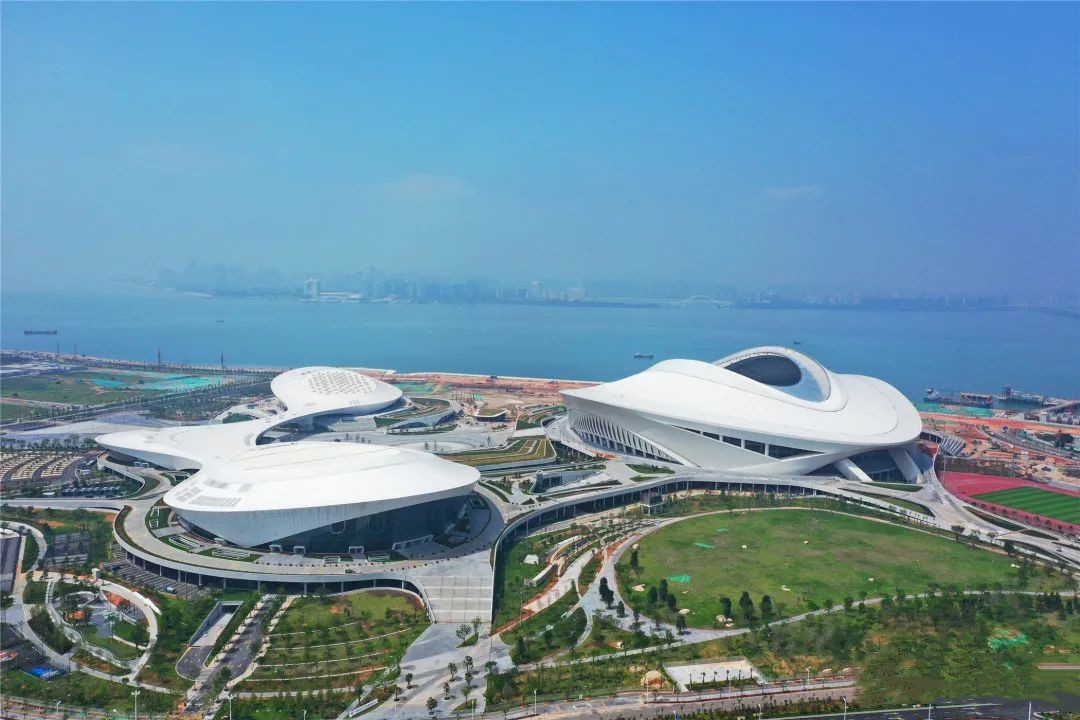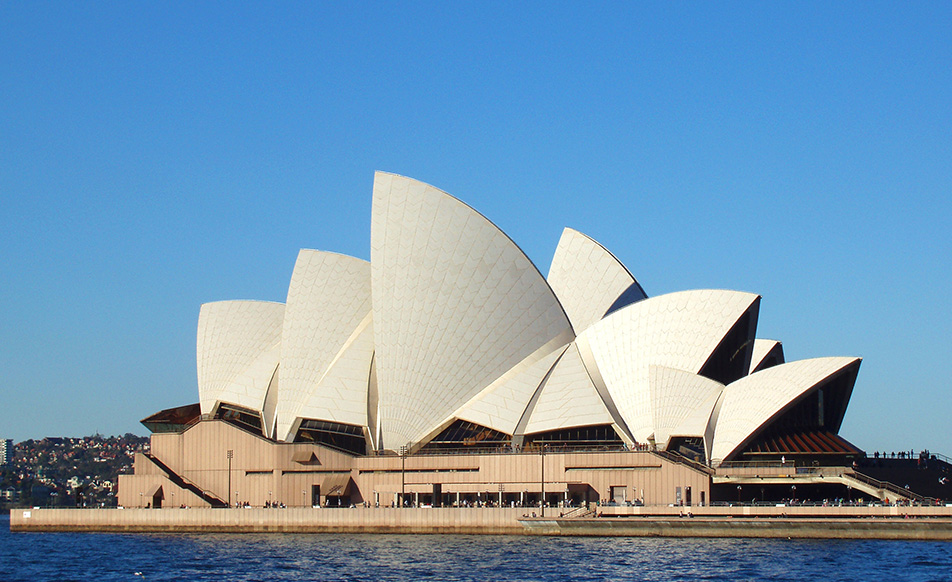ENCN
Home / A Sustainable Panacea for Modern Architecture
A Sustainable Panacea for Modern Architecture
In an era that prioritizes sustainability more than ever, innovative materials like Ethylene Tetrafluoroethylene (ETFE) are transforming the landscape of modern architecture. As architects and environmental scientists look to reconcile form, function, and climate resilience, ETFE membrane structures are increasingly recognized for their pivotal role in sustainable construction.
ETFE’s unique attributes extend far beyond its functional abilities as a lightweight, translucent, and durable material. An eminent plastic, ETFE’s inherent chemical stability renders it more resilient to the corrosive effects of pollution than alternative materials. Moreover, its longevity reduces the need for replacement, hence minimizing waste production over a building’s lifecycle.

As a pioneer in sustainable material science, Dr. Thomas Osswald elucidates, “ETFE membrane structures display an optimal solar transmittance to insulation ratio. This provides a thermal comfort level in indoor environments, reducing the reliance on mechanical heating and cooling systems. Therefore, ETFE not only substantially economizes the operational energy demands through passive designs but also contributes to the overall energy efficiency of the building.”
Adding to this narrative, renowned architect and sustainability advocate, Prof. Norman Foster, advocates for the inimitable scope of ETFFE in morphing urban landscapes sustainably. “Incorporating ETFE into a structure’s design is more than an aesthetic decision—it’s an ecological commitment. Its intrinsic properties offer architects limitless possibilities for creating energy-efficient spaces without compromising aesthetic appeal,” he opines.

Critically, the production of ETFE has a considerably smaller carbon footprint compared to glass or steel, thus abetting carbon emissions reduction. Moreover, upon the end of its life cycle, ETFE can be fully recycled, thereby promoting the principles of a circular economy.
According to a report from the Environmental Research Letters, “The sustainability benefits of ETFE outweigh its initial production costs, especially taken into account its lifecycle impacts. It has a fantastic carbon payback period that affirms its ecological validity.”

ETFE’s multifaceted advantages underscore its potential in achieving sustainable construction goals. By enabling harmonious integration of environmental imperatives with architectural objectives, ETFE membrane structures present an opportunity for designing sustainable cities of the future, attaining a synergistic blend of beauty, functionality, and sustainability. As echoed by forward-thinking architects and environmental scientists, ETFE is undoubtedly the architectural material advocating for a greener tomorrow in the world of construction.
If you want to know more about ETFE membrane structure, please add our official WhatsApp: +86-13923448766, or send an email to our official email: yexing@yexinggroup.com. We will provide you with free consulting services 24 hours a day.
A Sustainable Panacea for Modern Architecture




